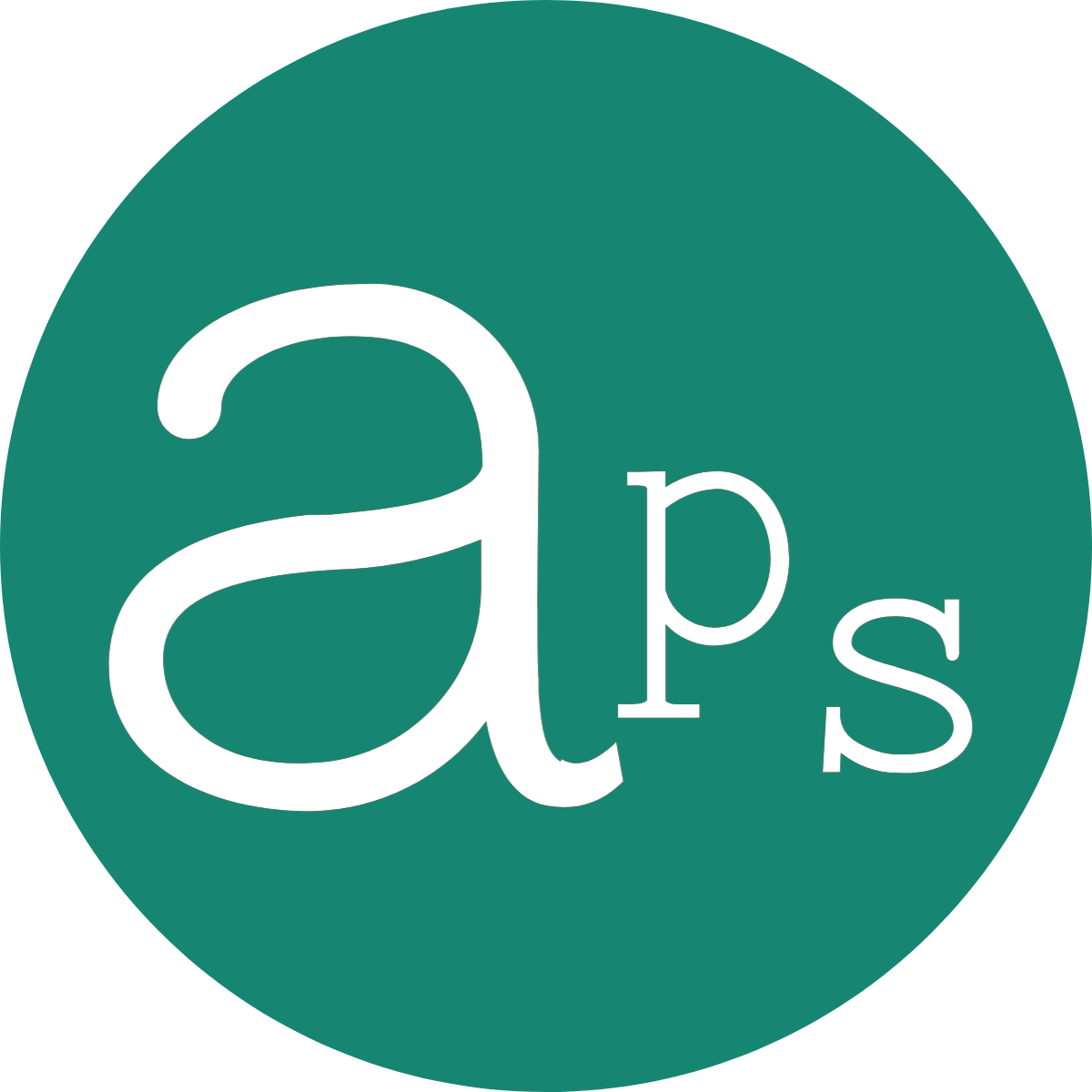Flux
Annabel Nowlan
Backroom | Opens on Apr 8 until Apr 24 | Fri, Sat & Sun
It’s unstable, reactive and maybe a bit toxic but that hasn’t tempered our obsession with the fragile beauty of Verdigris. These works explore themes of nostalgia, decay and environmental chaos.
It’s unstable, reactive and maybe a bit toxic but that hasn’t tempered our obsession with the fragile beauty of Verdigris
Flux is a deep engagement with the natural (and unnatural) environment, focusing on the endless bounty of everyday aesthetic nuances. It is a selection of mixed media and curios that predominately feature verdigris surfaces, finishes and effects. Conceptually the works obliquely explore themes of: nostalgia, decay and environmental chaos.
The beauty in the seemingly mundane and the everyday is celebrated and bought to life. I am particularly drawn to surfaces that change and deteriorate with time and exposure to the elements. The appeal of these unique surfaces, found objects and unrefined materials are for me, suggestive of the tactile and kinaesthetic properties of the earth and our relationship with it.
The verdigris green patina surfaces are un-treated (unfixed) so they remain in flux and the colour will vary according to the surrounding humidity. Recipes for verdigris are found throughout ancient literature and include ingredients like salt, honey, vinegar and even urine to be applied to copper plates in order to cause the necessary chemical reaction.
While the mixed materials mimic and celebrate the rich vocabulary of the tamed and untamed environment, they also speak to human endeavour and misguided attempts to dominate and subdue the land.
(Nowlan’s work often references her connection to Bimbi in south-western NSW, where her Irish convict ancestors have been farmers for six generations.
In calling her exhibition ‘flux’, Nowlan acknowledges that the land is a continuously changing domain, and, any non-Indigenous attempt to narrate unceded lands will always be partial and incomplete.)
Flux is a deep engagement with the natural (and unnatural) environment, focusing on the endless bounty of everyday aesthetic nuances. It is a selection of mixed media and curios that predominately feature verdigris surfaces, finishes and effects. Conceptually the works obliquely explore themes of: nostalgia, decay and environmental chaos.
The beauty in the seemingly mundane and the everyday is celebrated and bought to life. I am particularly drawn to surfaces that change and deteriorate with time and exposure to the elements. The appeal of these unique surfaces, found objects and unrefined materials are for me, suggestive of the tactile and kinaesthetic properties of the earth and our relationship with it.
The verdigris green patina surfaces are un-treated (unfixed) so they remain in flux and the colour will vary according to the surrounding humidity. Recipes for verdigris are found throughout ancient literature and include ingredients like salt, honey, vinegar and even urine to be applied to copper plates in order to cause the necessary chemical reaction.
While the mixed materials mimic and celebrate the rich vocabulary of the tamed and untamed environment, they also speak to human endeavour and misguided attempts to dominate and subdue the land.
(Nowlan’s work often references her connection to Bimbi in south-western NSW, where her Irish convict ancestors have been farmers for six generations.
In calling her exhibition ‘flux’, Nowlan acknowledges that the land is a continuously changing domain, and, any non-Indigenous attempt to narrate unceded lands will always be partial and incomplete.)
annabelnowlan.com.au
Instagram | @annabelnowlan
Facebook | annabel nowlan
Opening reception | Sat Apr 9, 2-5pm
Opening reception for Noelene Lucas, Juliette Fowler-Smith, Suzanne Bartos and Annabel Nowlan.
‘Eulogy 001’ Mixed media on copper on wood. 2022 60x55cms
’Time is of the essence’ Mixed media on pegboard on wood 2022 60x55cms
‘Going local’ Mixed media on ply on wood 2021 60x55cms
‘Strain’ media on copper on wood 2022 60x55cms
‘Corrode 002’ Mixed media on copper on wood 2022 60x55cms
‘Cloud i’ Pigment & paint on wood 2021 15x60cms
‘Cloud ii’ Pigment & paint on wood 2022 11x18cms
‘Cloud iii’ Pigment & paint on wood 2022 12x19cms
’Time is of the essence’ Mixed media on pegboard on wood 2022 60x55cms
‘Going local’ Mixed media on ply on wood 2021 60x55cms
‘Strain’ media on copper on wood 2022 60x55cms
‘Corrode 002’ Mixed media on copper on wood 2022 60x55cms
‘Cloud i’ Pigment & paint on wood 2021 15x60cms
‘Cloud ii’ Pigment & paint on wood 2022 11x18cms
‘Cloud iii’ Pigment & paint on wood 2022 12x19cms

